I'm referring to the one-man-reality-show best know as Napoleon.
As in Bonaparte -- the self-crowned emperor of France.
Love him or loathe him, one thing's for sure, Napoleon still makes waves in Paris.
A transformational leader of men, this 19th century self-proclaimed Caesar
remains in vogue even in the city that loves to hate their political leaders ...
I don't normally go for the tyrannical type but must admit to a lifetime
fondness for the imposing little corporal-turned-emperor.
And this is why I love searching out Paris for all-things-Napoleon.
Of course, we know where to look for him in the usual places --
iconic monuments dripping with Gallic glory such as
Les Invalides, La Madeleine and the Arc de Triomphe.
But it pays to look a bit further.
Napoleon's footprint is all around Paris, often in unexpected
and charming corners of the great city he once loved and legislated.
That's Paris for you; expect the unexpected.
The triumphant Fontaine du Palmier is a watery spectacle
that defines the conquering hero's p.r. agenda.
Residing on lively Place du Châtelet, the palm fountain offers a perfect
refuge to contemplate Napoleon's victories around the globe, underscoring
his much ballyhooed free-for-all at the Battle of the Pyramids.
Just as he and his troops enjoyed decisive victories in far-away lands
such as Marengo, Lodi and Danzig, the Fontaine du Palmier
thumps its mighty chest in one of the most central locations in Paris.
And if you've ever been to Place du Châtelet,
you know it's a destination that sometimes morphs into a
napoleonic-sized brigade of diverse faces, both young & old.
Completed in 1808 -- minus the sexy sphinxes --
the fountain initially had a very practical purpose.
Napoleon's nuts-and-bolts genius included more than just winning wars.
He knew he needed to win at home first.
The home campaign included raising community standards.
Providing fresh water for the neighborhood is as utilitarian as it gets.
The Boss racked up points with streetwise efficiency, pairing
marketing (celebrating military successes) side by side
with civil upgrades all in one smooth move.
The first thing you're likely to notice is the statue of the goddess
Victory* standing in all her glory atop the column.
She stood as a constant reminder of what France was fighting for.
At the base of the column, look for four more lovely
ladies -- Vigilance, Justice, Strength and Prudence.
Much later, as part of Barron Haussmann's revitalized Paris blueprint,
the fountain was moved to its present location where new artists
remounted the victory column and added the fan-favorite sphinxes.
The body of a lion and the head of a man, an apt symbol perhaps
for the cunning leader that made France a world power.
*you may recognize Victory from her other Paris home, The Musée Carnavalet.
Fontaine du Palmier's location is as central as you can get in Paris.
Flanked by two different theaters, it's just steps away from
Le Zimmer, a historic brasserie established in 1896.
Fun and funky, it's the perfect venue to raise your glass
in a salute to Napoleon's Paris.
Famously jam-packed with tourists, these days you may wish
you could unleash a division of Napoleon's troops just to help
elbow your way through the crowds.
The famous Rivoli pedestrian way is named for one of Napoleon's
most celebrated triumphs, The Battle of Rivoli.
When Napoleon secured a smashing victory against the invincible
Austrian Army (note: Rivoli is in Italy, not Austria),
the Master Manipulator's legend was forever sealed.
More than ever, he was able to shape the french narrative.
Post-battle, and for decades to come, Napoleon's influence extended
much further, framing Italy's own entangled history.
It was 1797 and he was just 28 years old.
Under the beautiful arcades just across from the Tuileries,
it's fun to consider the legacy of the famous Corsican.
Drop by Angelina's for a famous cup of chocolat chaud or,
if you find gold at the end of the rainbow, reserve a table
at Alain Ducasse's legendary restaurant in the Hotel Meurice.
Rue de Rivoli was extended all the way into the Marais years later,
under the guidance of Emperor Napoleon III.
Whether you start your walk at the Concorde Metro or a few miles
up the road at the Saint-Paul stop, it's certain you'll
enjoy the street that put the P in Paris.
Or perhaps it's the P in prevail --- which is really what Napoleon did best.
and the world's most luxurious brands.
Retail Therapy in the extreme, spoiled indulgence for the one percent.
Home to high end vendors like Boucheron, Bulgari, Cartier,
Van Cleef & Arpels, Christofle & Lalique, rue de la Paix runs
straight through the heart of Paris's most opulent quarter.
It sits first chair in the high stakes commerce corridor
that runs from the iconic Opera Garnier to Place Vendome.
At first named rue de Napoleon, this avenue over-delivers.
The original name is a perfect fit.
Napoleon moved heaven & earth to drag mountains of riches from
one conquered land to another, the city of Paris being the clear winner.
Bonaparte wrote the book on the spoils of war.
Part pirate, part curator, Napoleon took advantage of untold treasure,
hauling in every hard-won nugget of wealth to fulfill his vision
of a better Paris, a richer France.
In the french adaptation of Monopoly, rue de la Paix stands in for
Boardwalk -- the most expensive property on the American game board.
And who can forget, it's the same avenue that spoiled the most
over-indulged woman in the history of the written word.
It was here that Rhett Butler purchased Scarlett O'Hara's
smart green bonnet in "Gone with the Wind".
So just like Scarlett, I hope you are able to have your Josephine moment.
Fill those shopping bags on rue de la Paix and promote the glory of France.
Tell them Napoleon sent you.
that illuminates the top of the Champs-Elysées.
This is the Arc de Triomphe du Carrousel, a gorgeous curvy landmark
that stands midway between The Louvre and The Tuileries.
Completed in 1808, the marbled gateway to the royal gardens
was built at the height of Napoleon's power.
Though half the size of the more famous Arc de Triomphe at Étoile,
its enviable location and beauty makes it worth a visit on your Tour de Napoleon.
The emperor loved showboating his own accomplishments, it's true -- but was
also was shrewd enough to know when and how to gild the lily.
The Arc de Triomphe du Carrousel commemorates his victories and his
armies, paying tribute to hard-fought battles, troops and treaties.
Originally, the Little General's prized booty -- the bronze horses "abducted"
from St. Mark's Basilica in Venice -- proudly pranced atop the magnificent arch.
After Napoleon's defeat at Waterloo, France returned the priceless artifacts
in an attempt to make nice with the Austrian Empire.
A new sculpture was created in the name of peace.
Still today, Peace rides triumphantly in a chariot
with gilded Victories and a team of magnificent horses.
It's a striking piece of art befitting the prestige of a dignified nation.
When it comes to The City of Light,
Napoleon Bonaparte was and remains the Host with the Most.
As a world venue, Paris owes a king-size merci to its
larger-than-life fairy godfather, Napoleon Bonaparte.
And so do we.
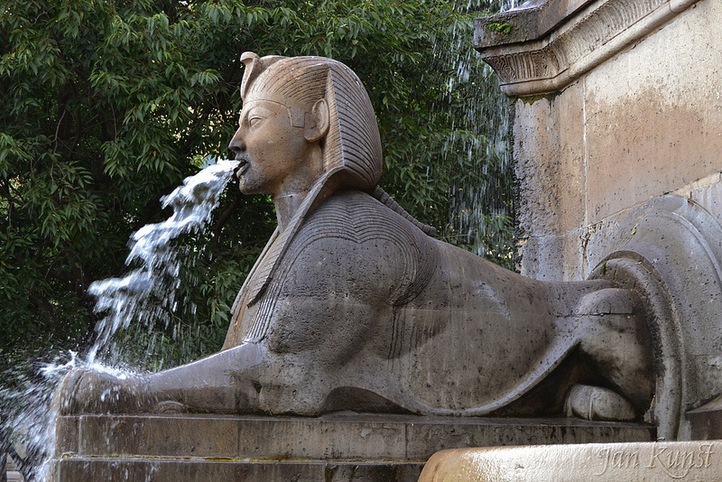
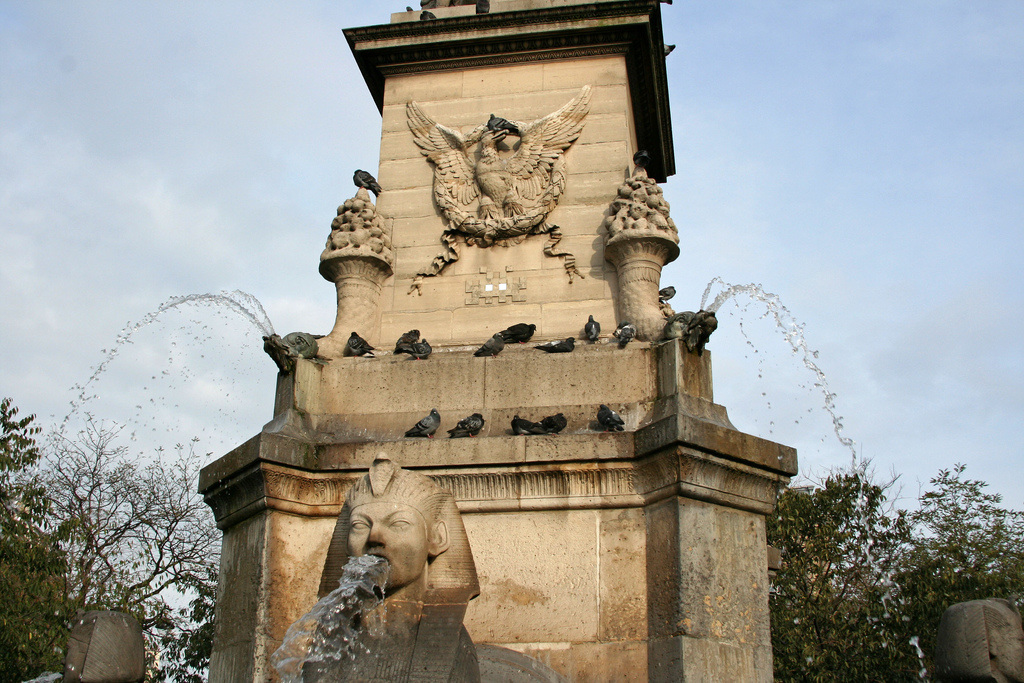
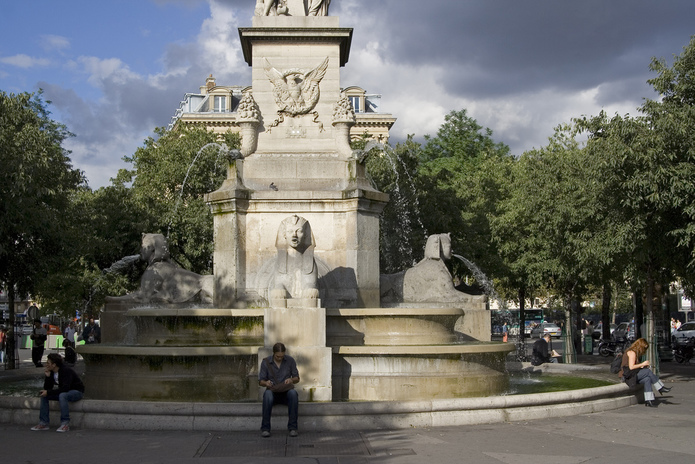

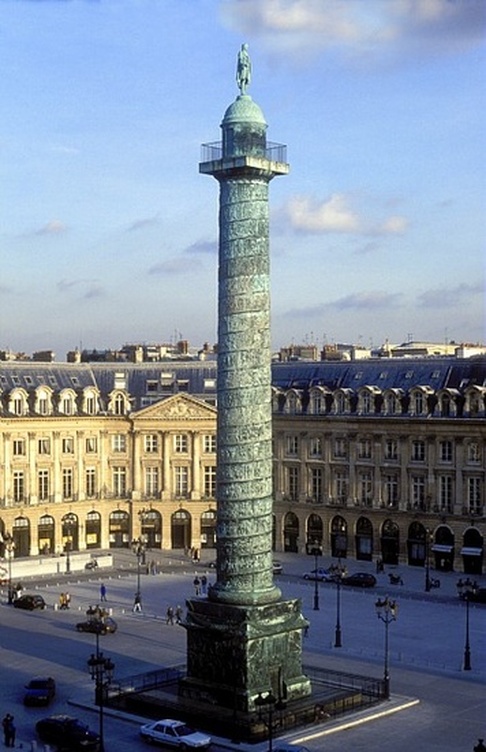






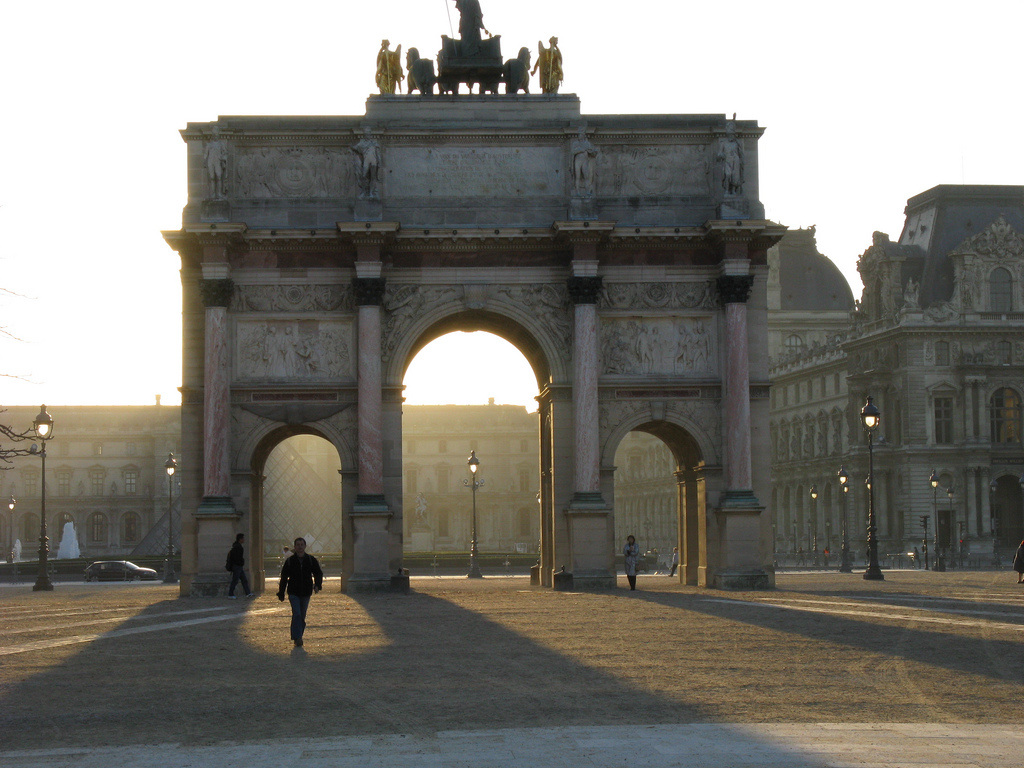
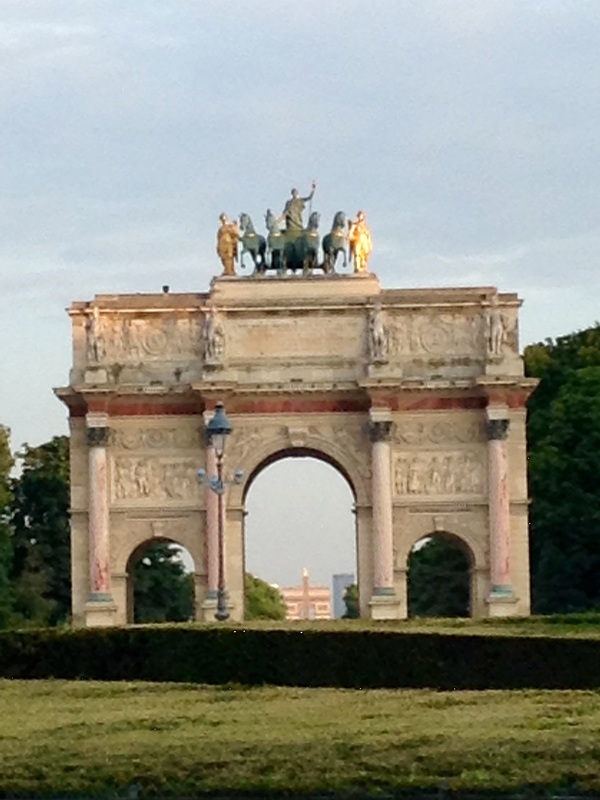
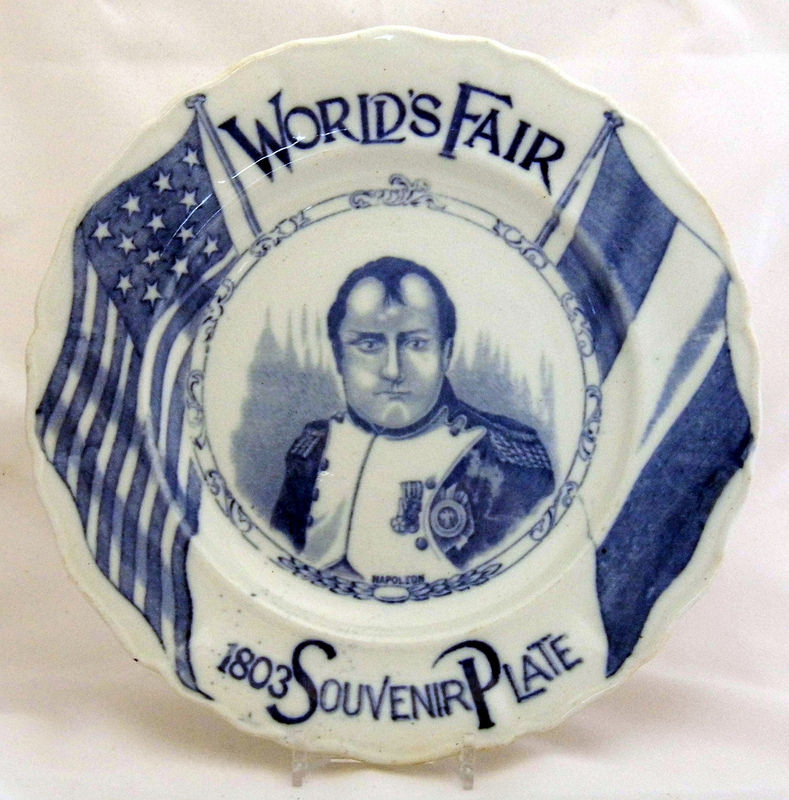

 RSS Feed
RSS Feed
